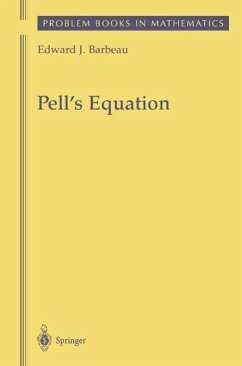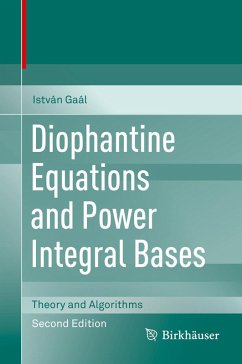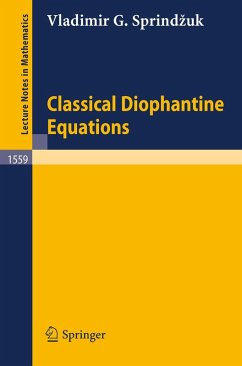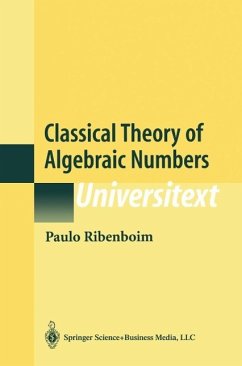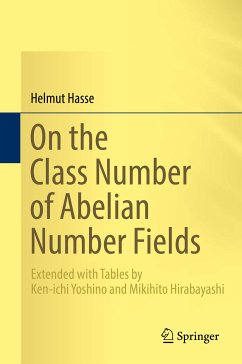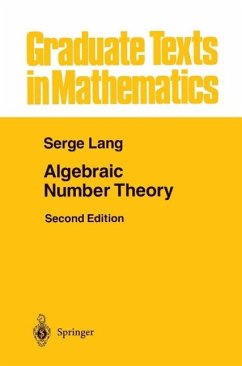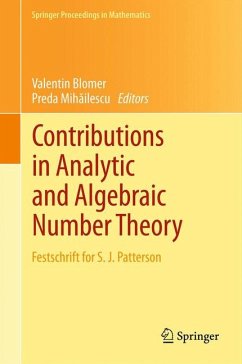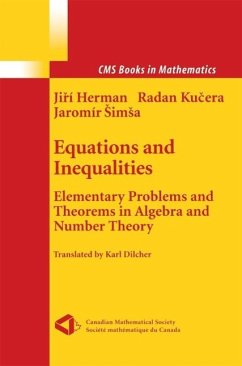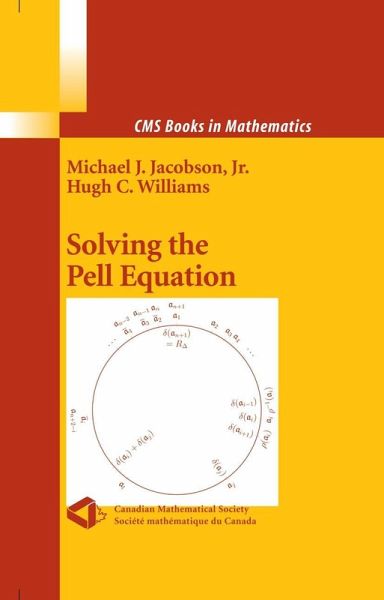
Solving the Pell Equation (eBook, PDF)
Versandkostenfrei!
Sofort per Download lieferbar
43,95 €
inkl. MwSt.
Weitere Ausgaben:

PAYBACK Punkte
22 °P sammeln!
Pell's Equation is a very simple Diophantine equation that has been known to mathematicians for over 2000 years. Even today research involving this equation continues to be very active, as can be seen by the publication of at least 150 articles related to this equation over the past decade. However, very few modern books have been published on Pell's Equation, and this will be the first to give a historical development of the equation, as well as to develop the necessary tools for solving the equation.The authors provide a friendly introduction for advanced undergraduates to the delights of al...
Pell's Equation is a very simple Diophantine equation that has been known to mathematicians for over 2000 years. Even today research involving this equation continues to be very active, as can be seen by the publication of at least 150 articles related to this equation over the past decade. However, very few modern books have been published on Pell's Equation, and this will be the first to give a historical development of the equation, as well as to develop the necessary tools for solving the equation.
The authors provide a friendly introduction for advanced undergraduates to the delights of algebraic number theory via Pell's Equation. The only prerequisites are a basic knowledge of elementary number theory and abstract algebra. There are also numerous references and notes for those who wish to follow up on various topics.
The authors provide a friendly introduction for advanced undergraduates to the delights of algebraic number theory via Pell's Equation. The only prerequisites are a basic knowledge of elementary number theory and abstract algebra. There are also numerous references and notes for those who wish to follow up on various topics.
Dieser Download kann aus rechtlichen Gründen nur mit Rechnungsadresse in A, B, BG, CY, CZ, D, DK, EW, E, FIN, F, GR, HR, H, IRL, I, LT, L, LR, M, NL, PL, P, R, S, SLO, SK ausgeliefert werden.



